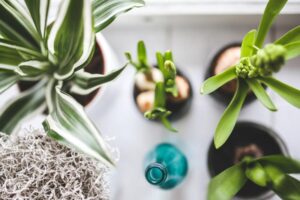Creating a welcoming atmosphere in your home often involves thoughtful decor choices, and one of the best ways to enhance your dining area is by incorporating indoor plants. Not only do they add vibrant greenery, but plants can also improve air quality. Here are some unique plants that are not only beautiful but also ideal for your dining table.
ZZ Plant (Zamioculcas zamiifolia)
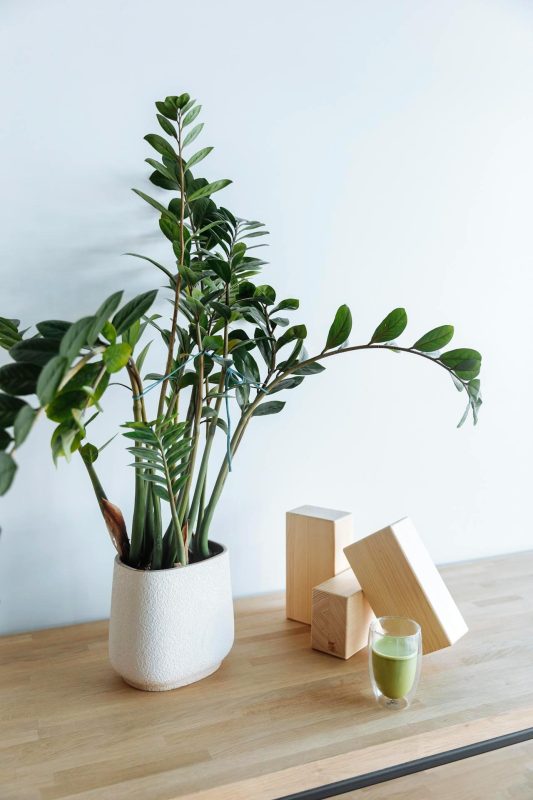
The ZZ plant, with its glossy leaves and upright growth, is a stunning addition to any dining table. This hardy plant thrives in low-light conditions and requires minimal watering, making it perfect for those who may not have a green thumb. Its striking appearance can complement any dining room decor, adding an elegant touch while being incredibly low maintenance.
Rabbit’s Foot Fern (Davallia fejeensis)
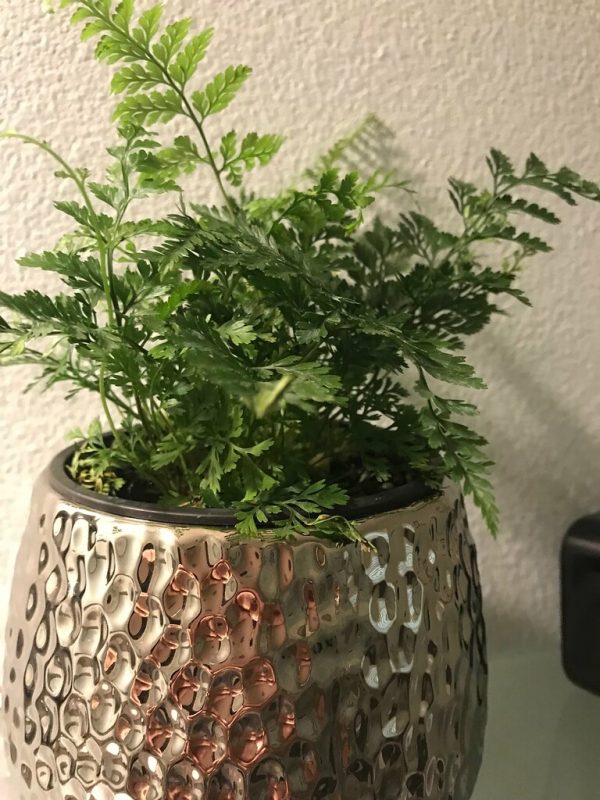
Known for its unique, furry rhizomes that resemble rabbit feet, this fern adds a whimsical element to your dining setup. The Rabbit’s Foot Fern enjoys humidity, making it a great choice for homes with steam from cooking. Its lush foliage creates a vibrant contrast against more traditional dining table decor.
String of Pearls (Senecio rowleyanus)
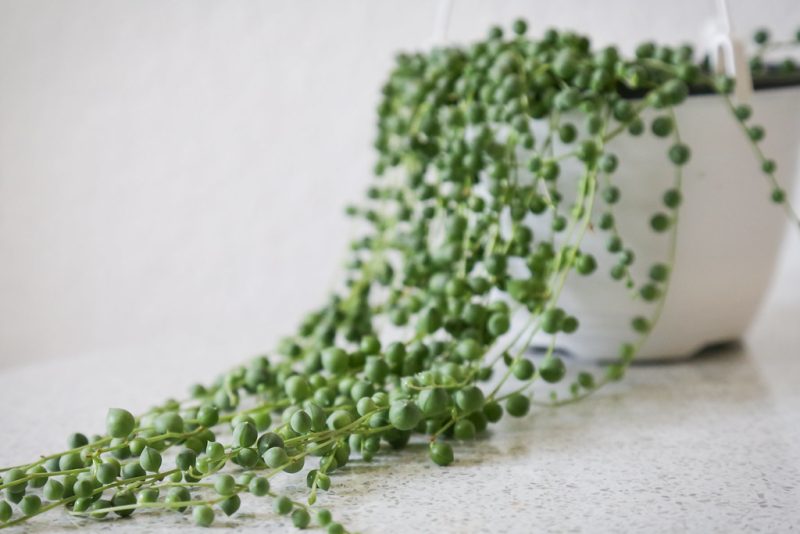
The String of Pearls is a succulent with charming, bead-like leaves that cascade beautifully from a hanging pot or a decorative bowl on your dining table. This unique plant thrives in bright light and requires infrequent watering. Its playful appearance can enhance both modern and rustic dining aesthetics.
Fiddle Leaf Fig (Ficus lyrata)
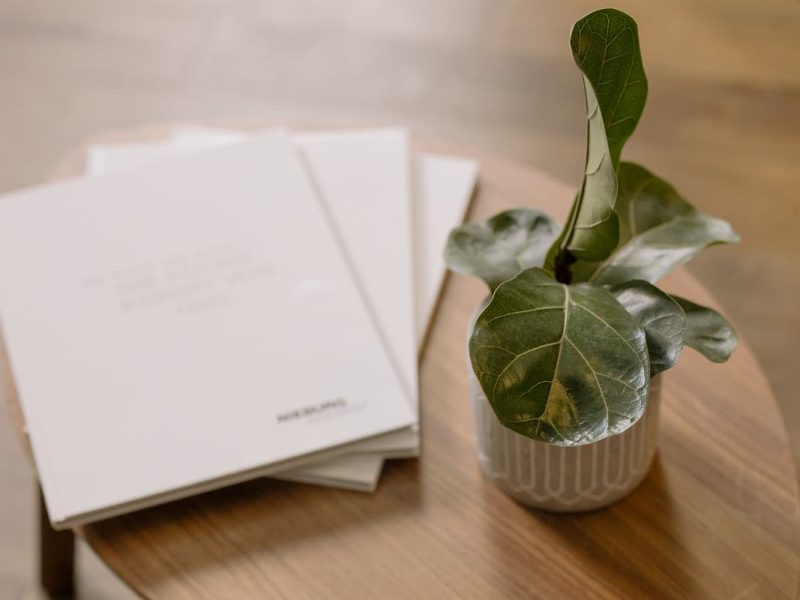
The Fiddle Leaf Fig has become a staple in indoor plant decor thanks to its dramatic, violin-shaped leaves. While it can grow tall, a smaller variety can be maintained for your dining table. This plant requires bright, indirect light and appreciates a bit more attention, but its striking presence is well worth the effort.
Calathea Orbifolia
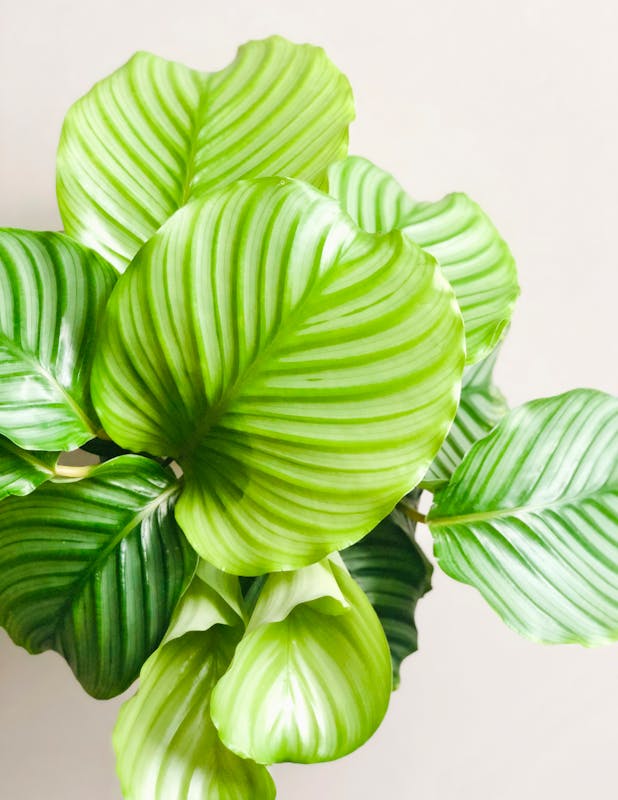
With large, round leaves displaying beautiful silver stripes, the Calathea Orbifolia is a showstopper on any dining table. This plant loves humidity, making it ideal for those living in moister environments. Its peaceful vibe brings a touch of nature indoors without overpowering your dining decor.
Bird’s Nest Fern (Asplenium nidus)
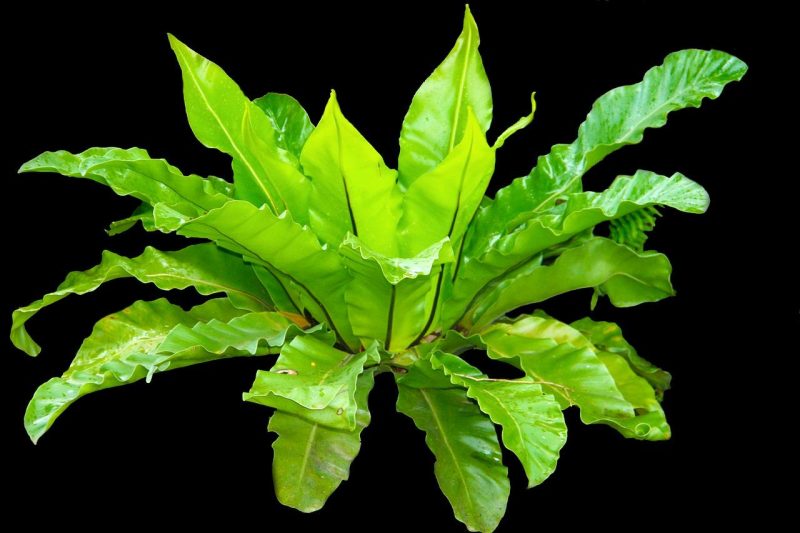
The Bird’s Nest Fern features bright green, wavy leaves that form a tidy rosette. This tropical plant thrives in low light and can tolerate less frequent watering, making it perfect for busy households. Its unique shape adds visual interest, and it serves as an excellent conversation starter during dinner gatherings.
Anthurium
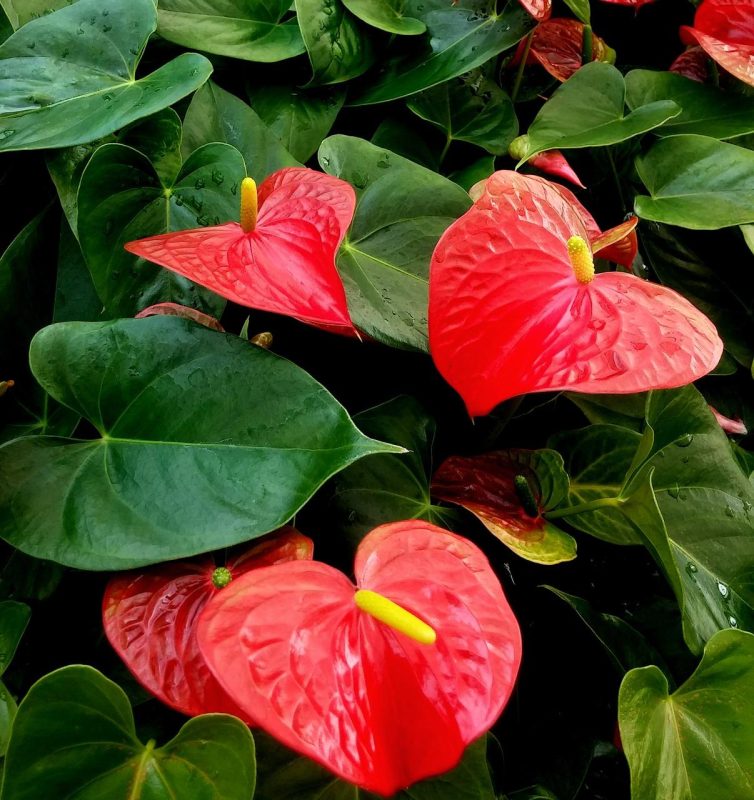
Known for its waxy, heart-shaped flowers, Anthurium adds a pop of color to your dining table. These stunning blooms can last for weeks, offering vibrant hues all year round. Anthuriums prefer bright, indirect light and moderate humidity, making them a great option for bright dining areas.
Hoya (Hoya carnosa)
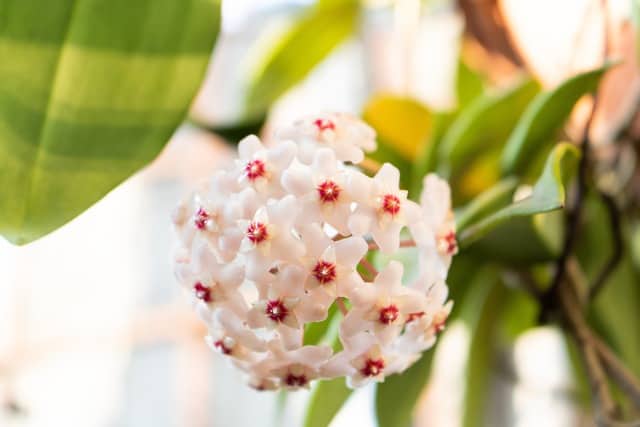
Hoya, or the wax plant, features thick, waxy leaves and produces clusters of fragrant, star-shaped flowers. It’s a slow-growing vine that can be trained to trail or climb, making it versatile for your dining area. Its low maintenance nature and occasional blooms can bring charm and delight to your table.
Pothos (Epipremnum aureum)

Pothos is a popular, easy-care plant that can add a lush, trailing effect to your dining table. This hardy climber can thrive in low light conditions and only needs watering when the soil is dry to the touch. With its variegated leaves, it’s perfect for adding texture and greenery to your dining experience.
Nerve Plant (Fittonia albivenis)
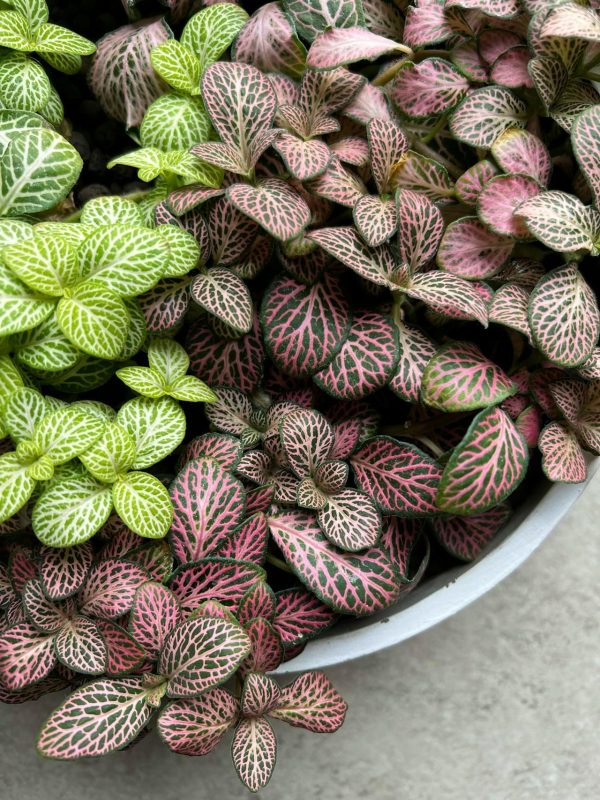
The Nerve Plant is celebrated for its colorful, veined leaves that can add striking contrast to your dining setup. Preferring indirect light and a humid environment, it thrives in terrariums or decorative bowls. Its unique foliage can be a delightful addition, enhancing the beauty of shared meals.
Miniature Citrus Trees
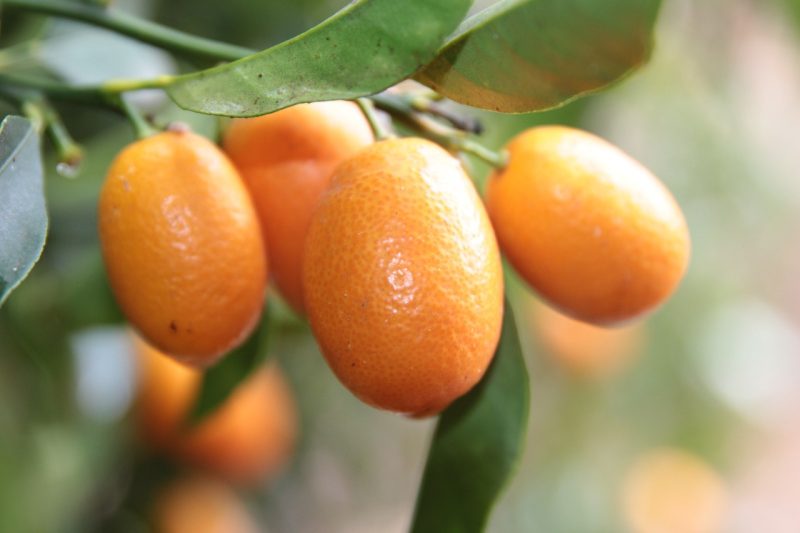
Bringing the outdoors in, miniature citrus trees like the Calamondin Orange or the Dwarf Meyer Lemon can brighten your dining table. Not only are these plants stunning, but they also produce fragrant flowers and edible fruit, adding a delightful sensory experience. They require bright light and regular watering, making them slightly more demanding, but the payoff is well worth it.
Chinese Evergreen (Aglaonema)
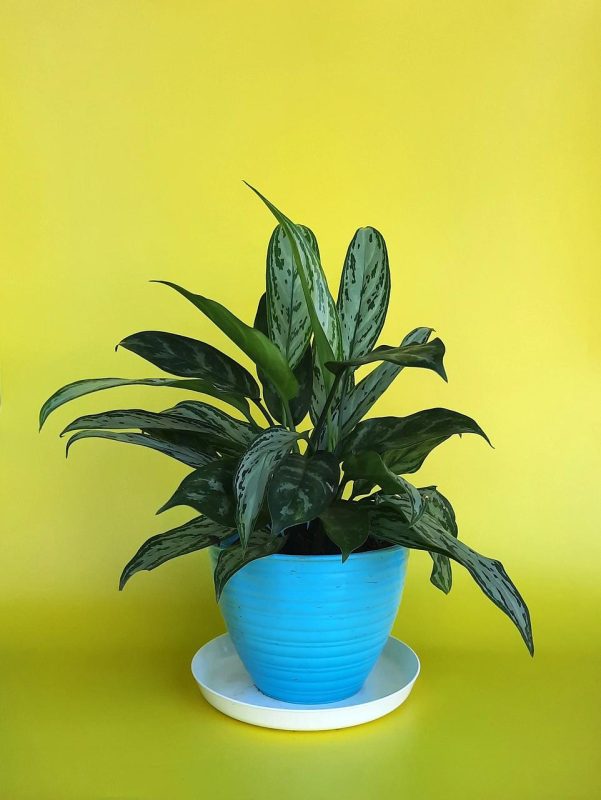
The Chinese Evergreen is known for its patterned leaves, which can add a dynamic look to your table setting. This low-maintenance plant thrives in low to moderate light and requires only occasional watering. Different varieties of the Chinese Evergreen come in various colors, allowing you to choose one that best fits your dining room’s aesthetic. Whether you choose green, silver, or pink accents, this plant will surely enhance your space with its vibrant presence.
Scented Geraniums
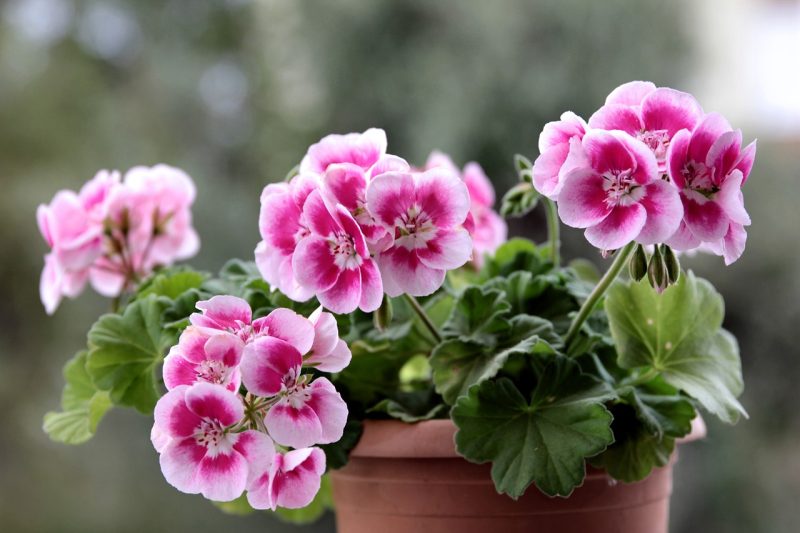
Scented geraniums not only provide fragrant leaves that can uplift your dining atmosphere but also add a burst of color with their small flowers. They thrive in bright light and can be placed in pretty pots on the dining table, giving off a delightful aroma that can enhance the experience of shared meals. Consider varieties like ‘Rose’ or ‘Lemon’ for an extra sensory kick.
Peperomia
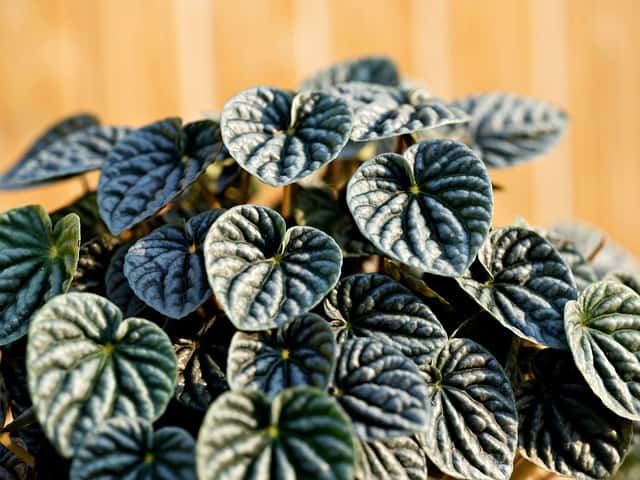
Peperomias are small, compact plants that come in a variety of shapes and colors. Their thick, succulent-like leaves can add texture to your dining table without taking up too much space. They are incredibly easy to care for, preferring to be underwatered rather than overwatered, making them perfect for a busy dining area.
Kokedama

Kokedama, a style of Japanese bonsai, involves wrapping a plant’s root ball in moss. This can create a charming, naturalistic centerpiece for your dining table. You can use various plants for kokedama, such as ferns or small succulents. Each kokedama serves as a beautiful conversation piece and can vary in size according to your dining space.
Peace Lily (Spathiphyllum)
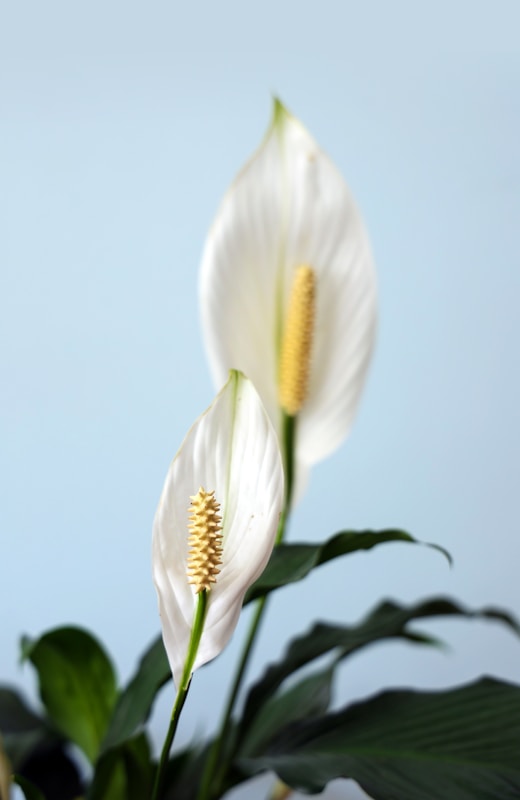
A symbol of peace and tranquility, the Peace Lily is a wonderful addition to your indoor decor. The plant’s elegant white blooms set against its lush, deep green leaves can enhance the dining table’s aesthetics remarkably. Furthermore, Peace Lilies are known for their air-purifying properties, making them a healthful choice for your dining space. They prefer low to medium light and need regular watering to keep their leaves glossy and vibrant.
Lucky Bamboo (Dracaena sanderiana)
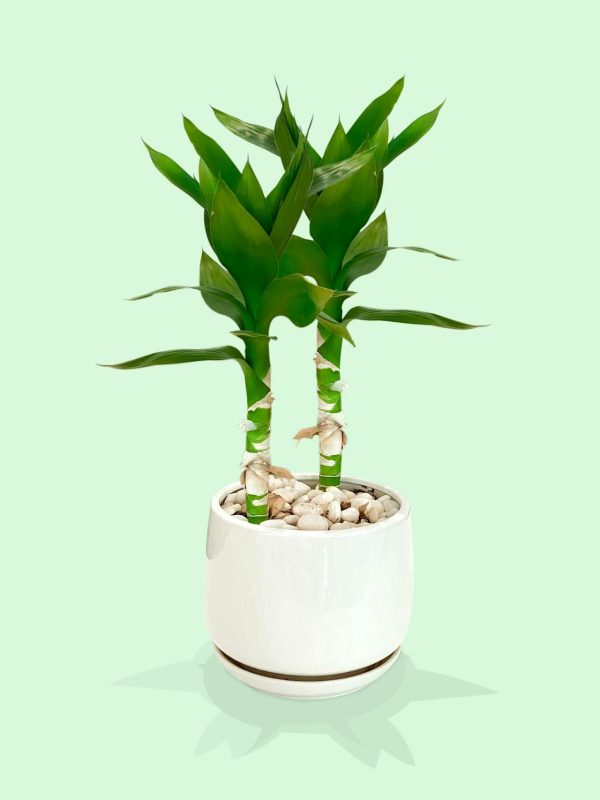
Lucky Bamboo is a popular choice for those looking to add a touch of Zen to their dining area. Typically grown in water, this plant symbolizes good fortune and prosperity. It’s easy to care for and thrives in indirect sunlight. Arranging it in a decorative vessel can create a stunning centerpiece for your dining table, perfect for setting a calm and inviting atmosphere during meals.
Crassula Ovata (Jade Plant)
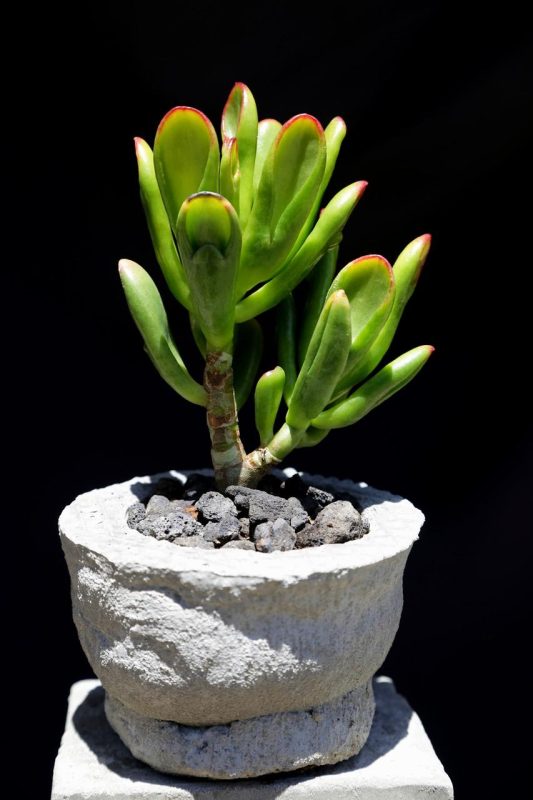
The Jade Plant is known for its fleshy, glossy leaves and can symbolize good luck. This drought-tolerant succulent is easy to care for, requiring only sunlight and infrequent watering. Its unique, tree-like structure can make a lovely statement piece on a dining table, blending effortlessly with both casual and elegant table settings.
Tillandsia (Air Plants)

Air plants, or Tillandsia, are unique because they don’t require soil to grow. Their unusual shapes and the ability to thrive in various conditions make them fantastic table decor. You can display them in terrariums, on driftwood, or in glass globes. They thrive in bright, indirect light and need only light misting or soaking occasionally, making them incredibly low maintenance.
Conclusion
Incorporating indoor plants into your dining table decor not only beautifies the space but also creates an inviting and fresh atmosphere for gatherings. Each of these plants offers its own unique charm, low-maintenance attributes, and aesthetic appeal. When selecting a plant, consider your dining area’s light conditions, your maintenance preferences, and the overall style you wish to achieve.
From the whimsical Rabbit’s Foot Fern to the elegant Fiddle Leaf Fig, the right indoor plants can turn your dining table into a stunning focal point that enriches every meal. Whether you’re hosting a dinner party or enjoying a casual family meal, these plants can add a touch of nature and sophistication to your dining experience. Create your own indoor oasis and enjoy the many benefits that these greenery companions bring to your dining area.



